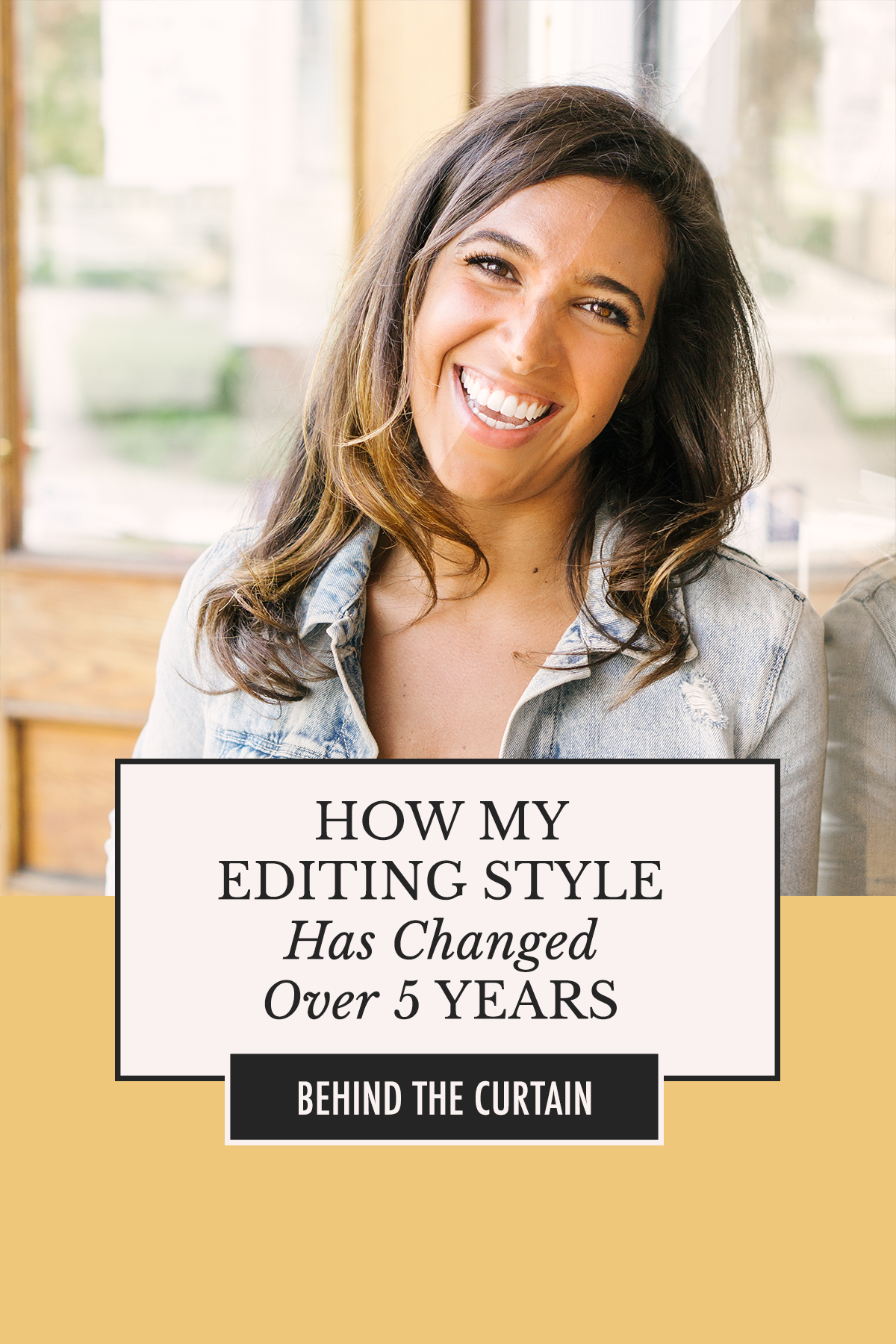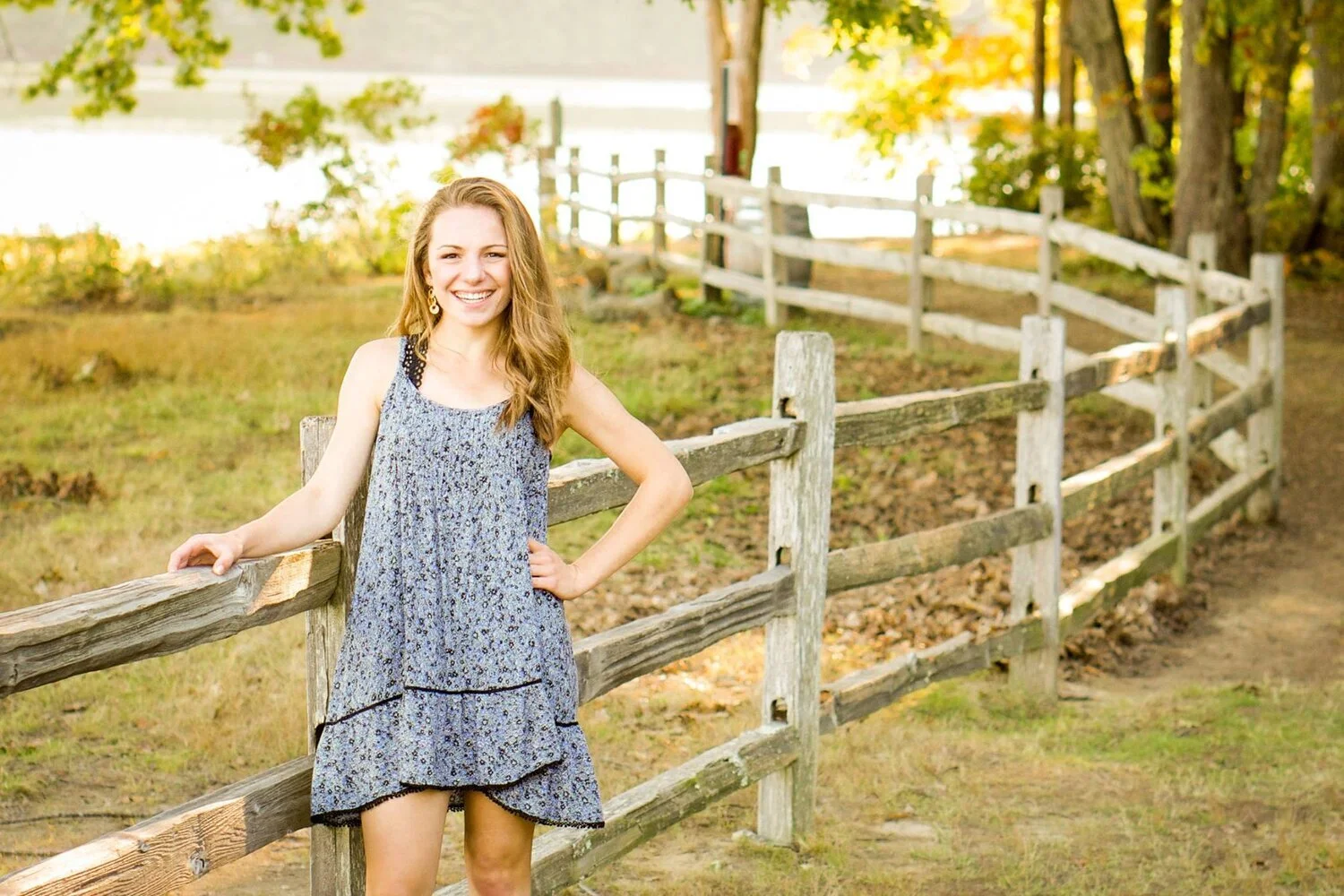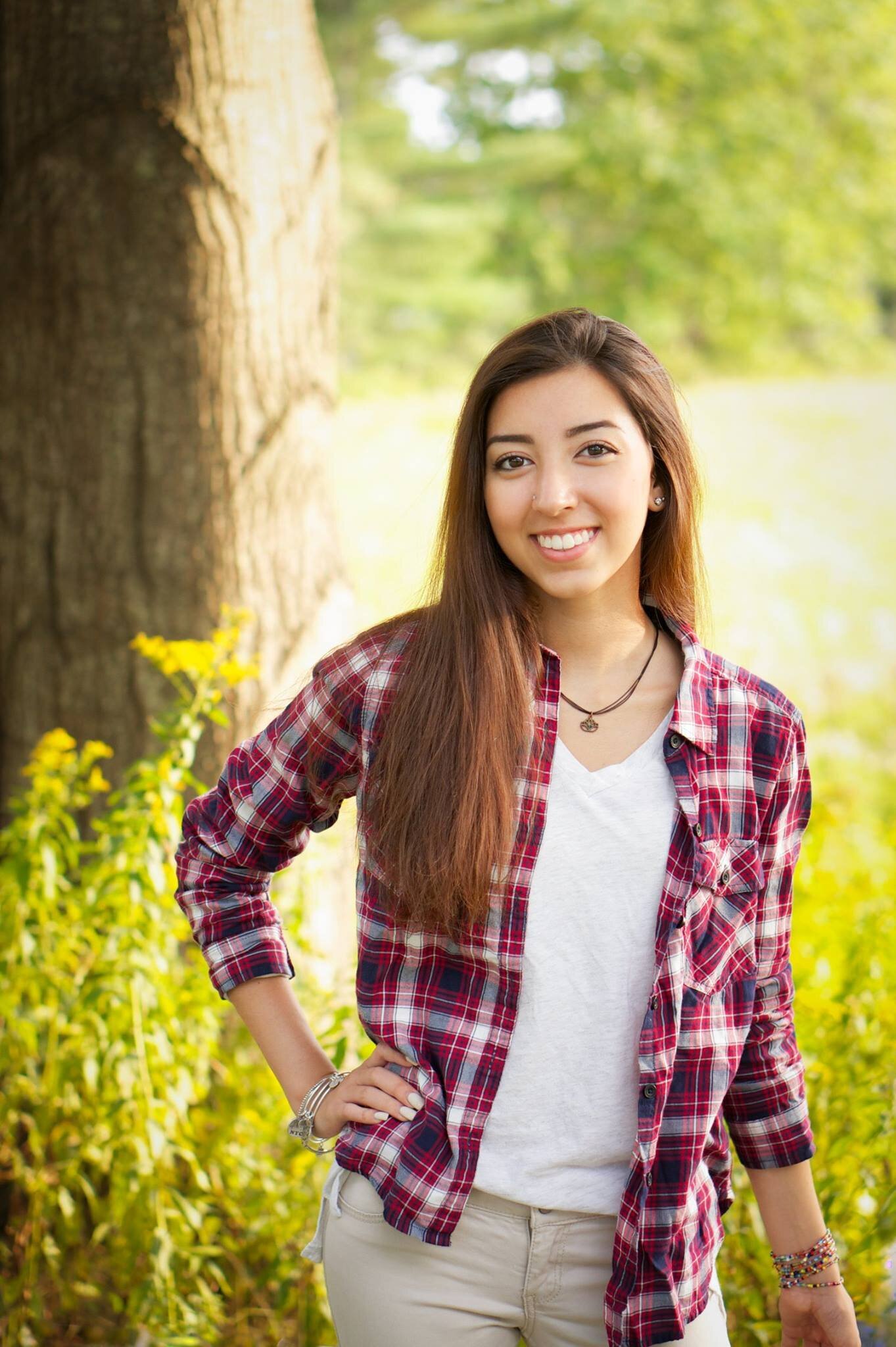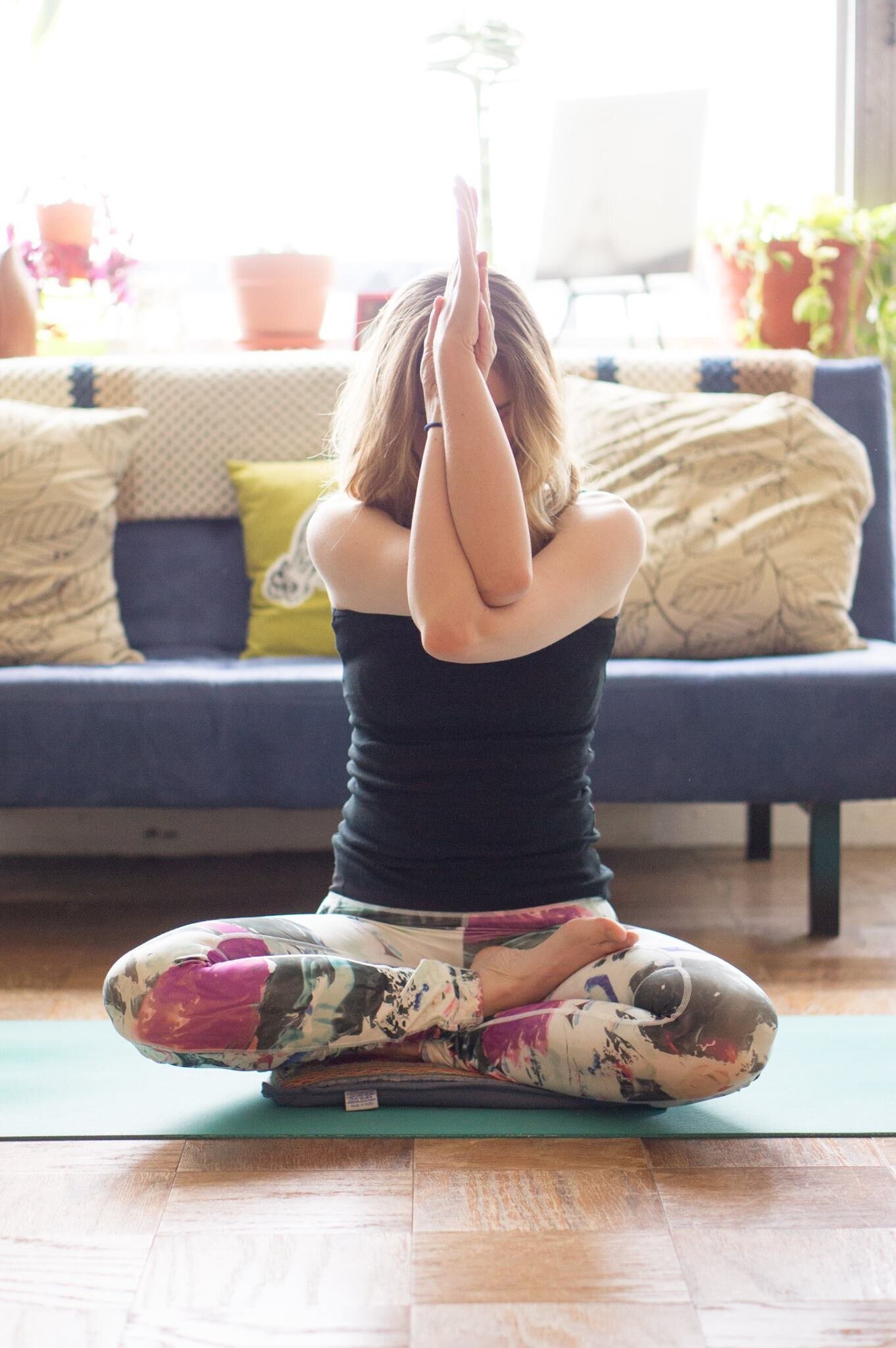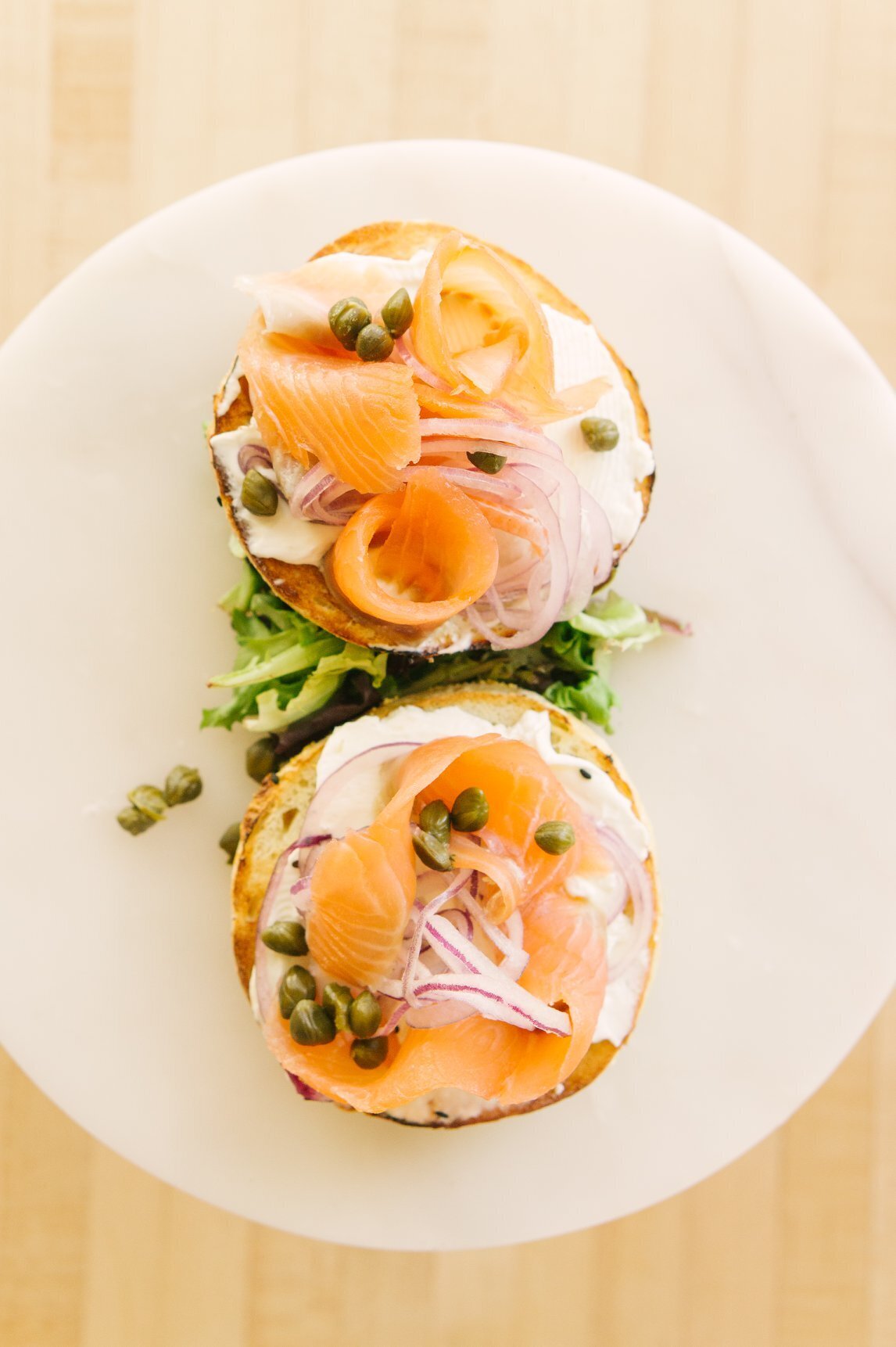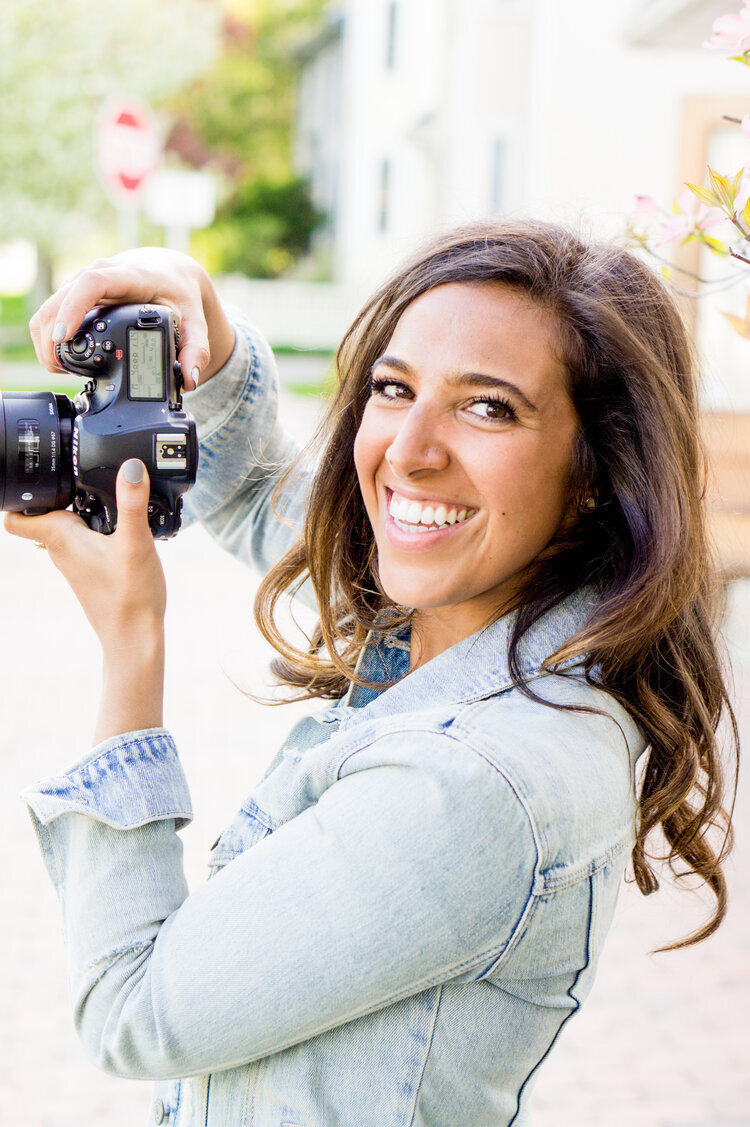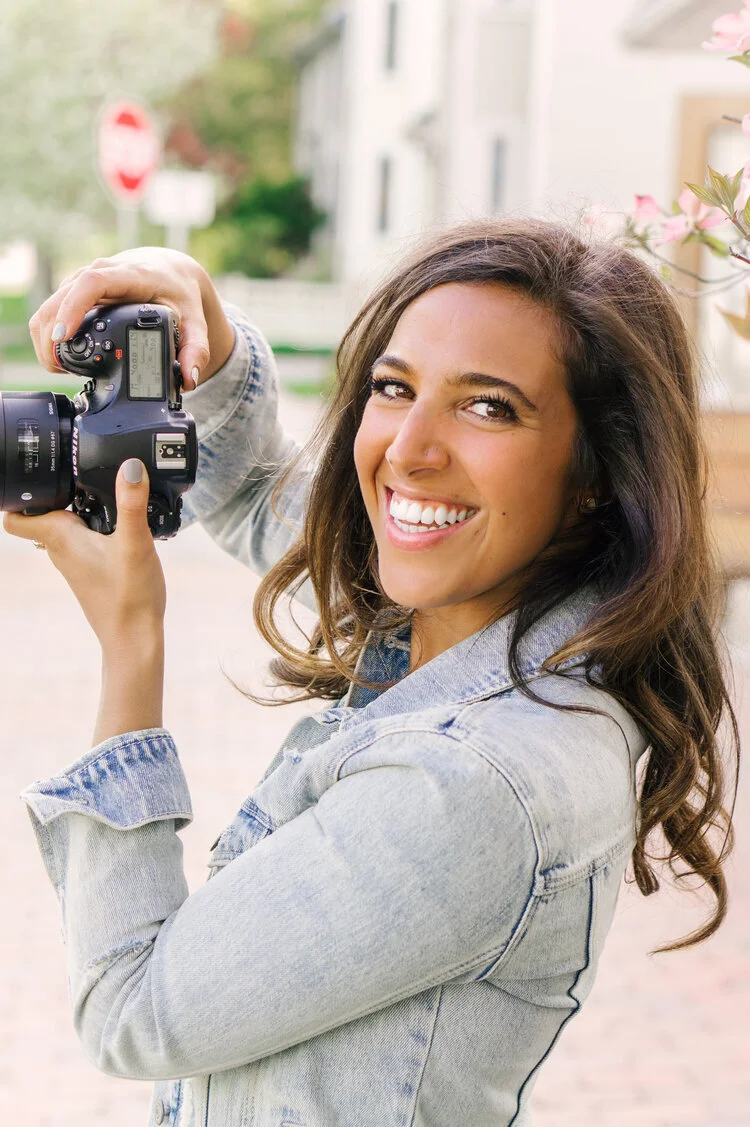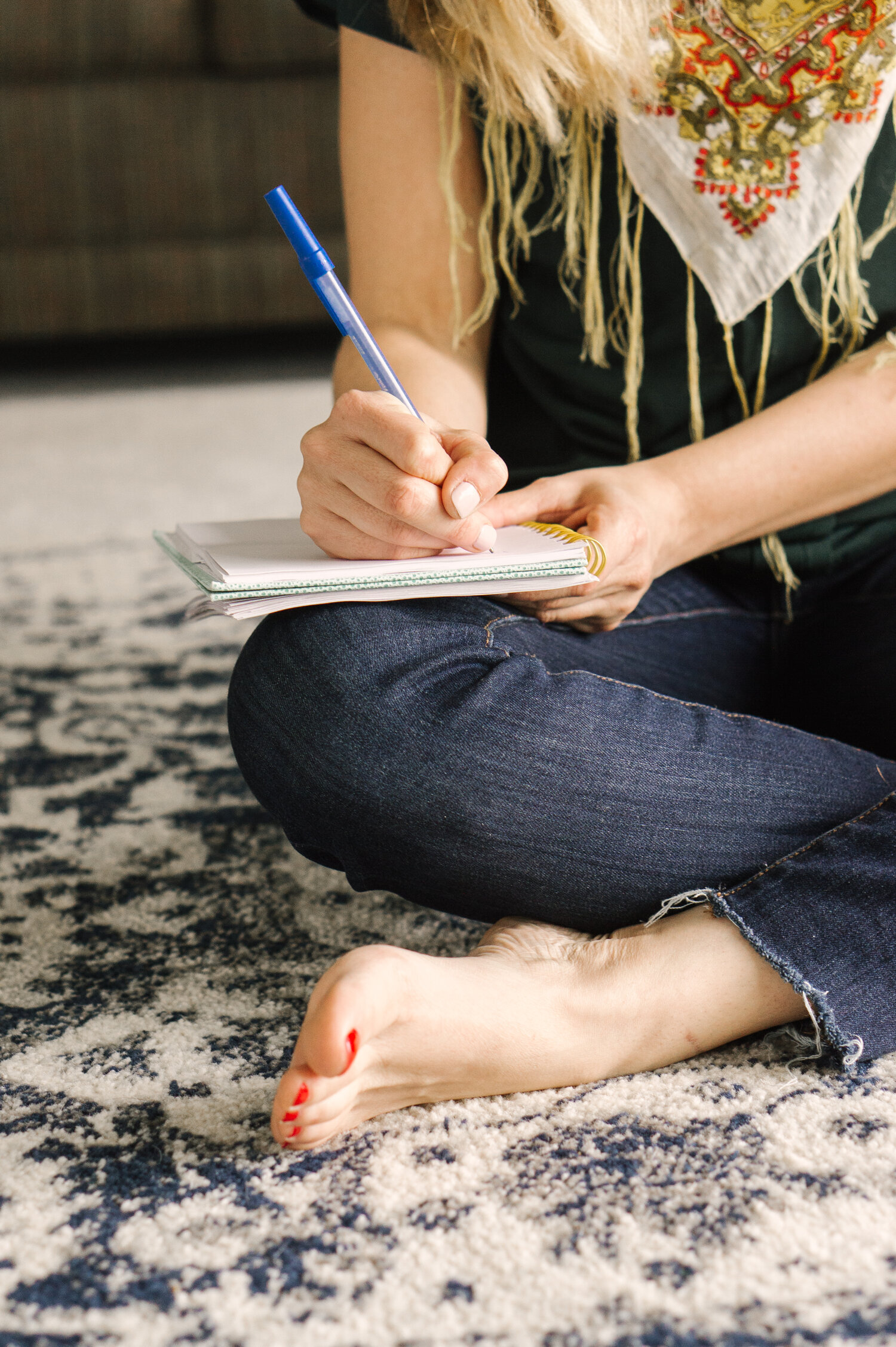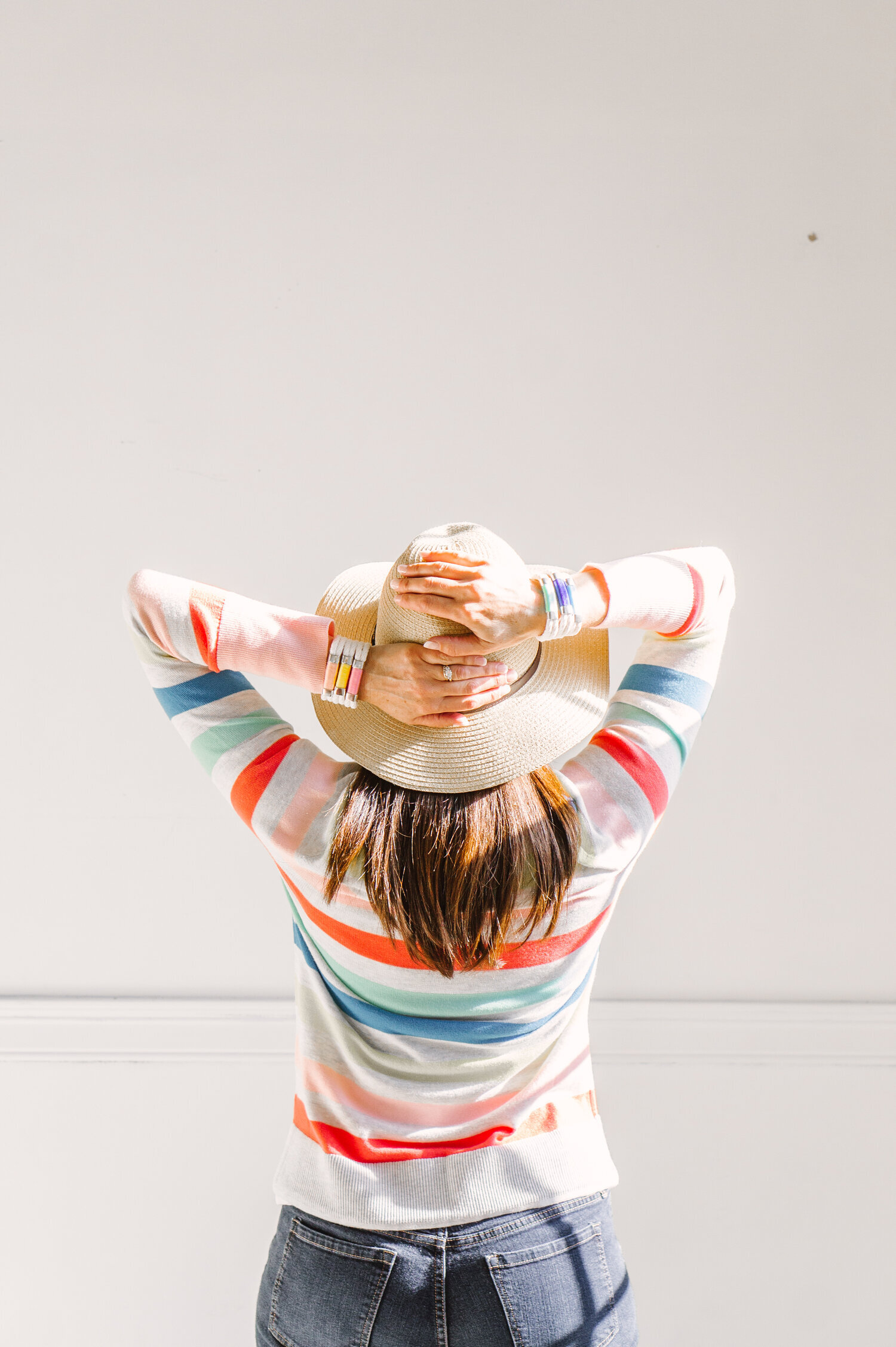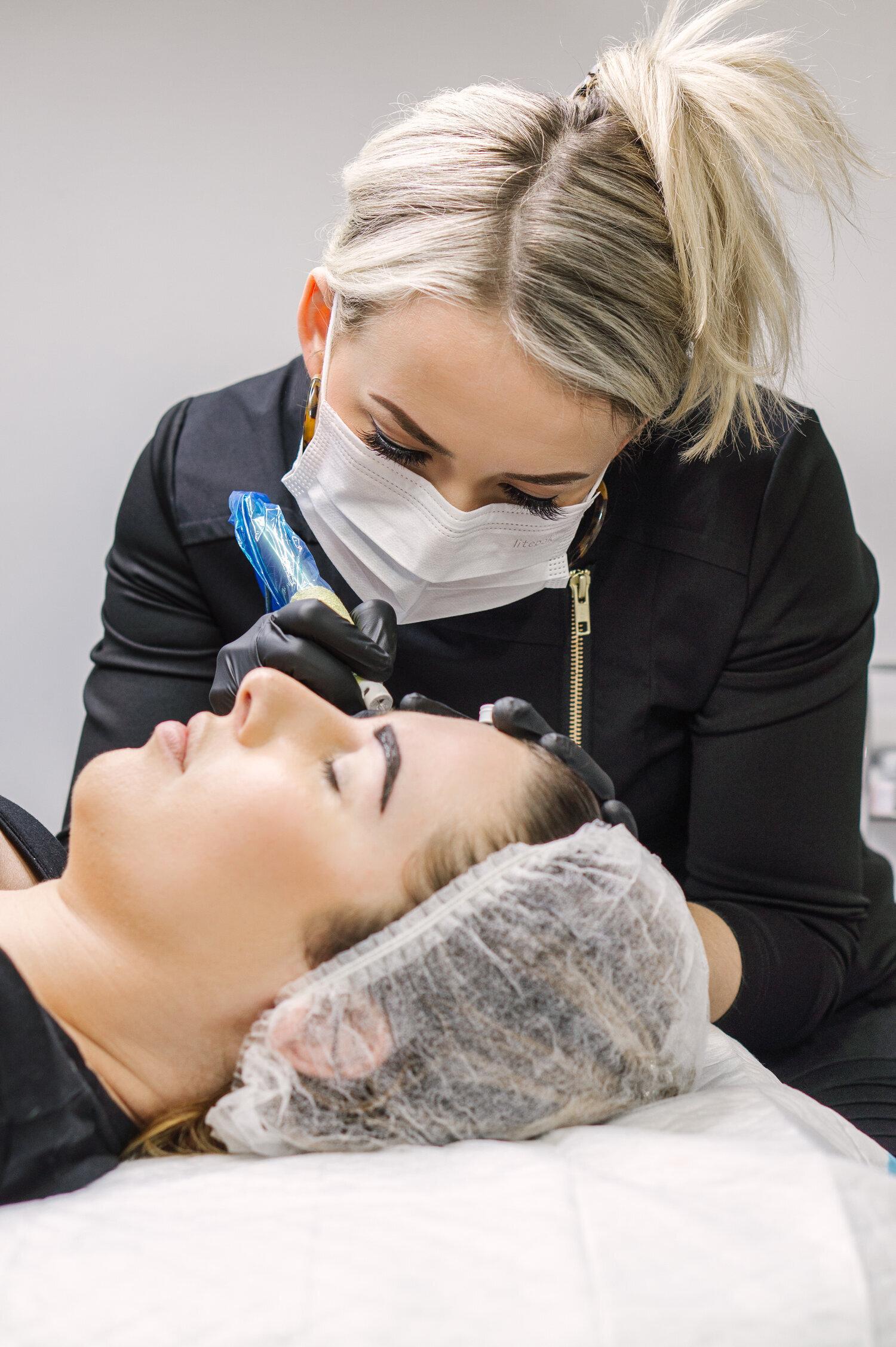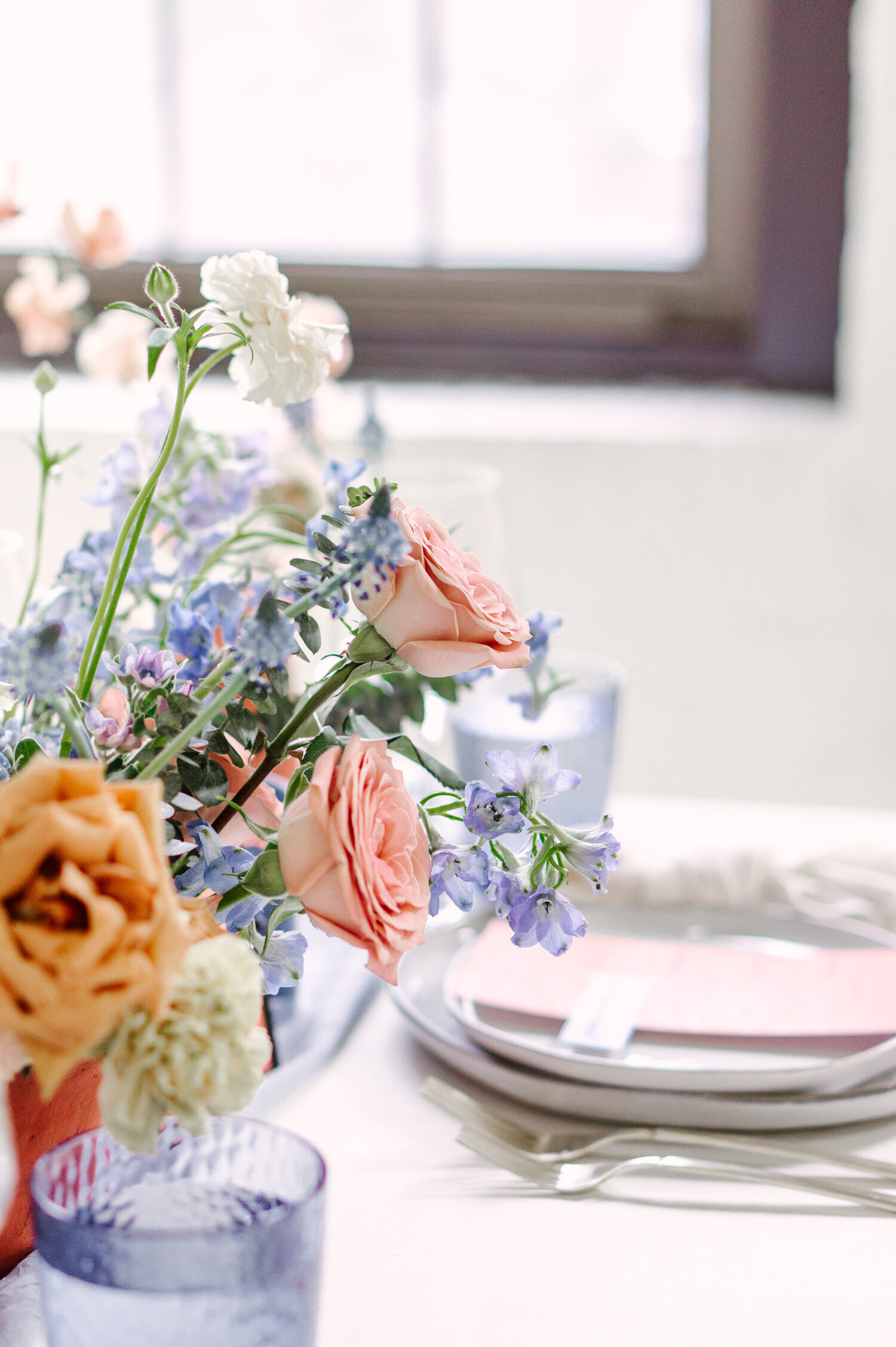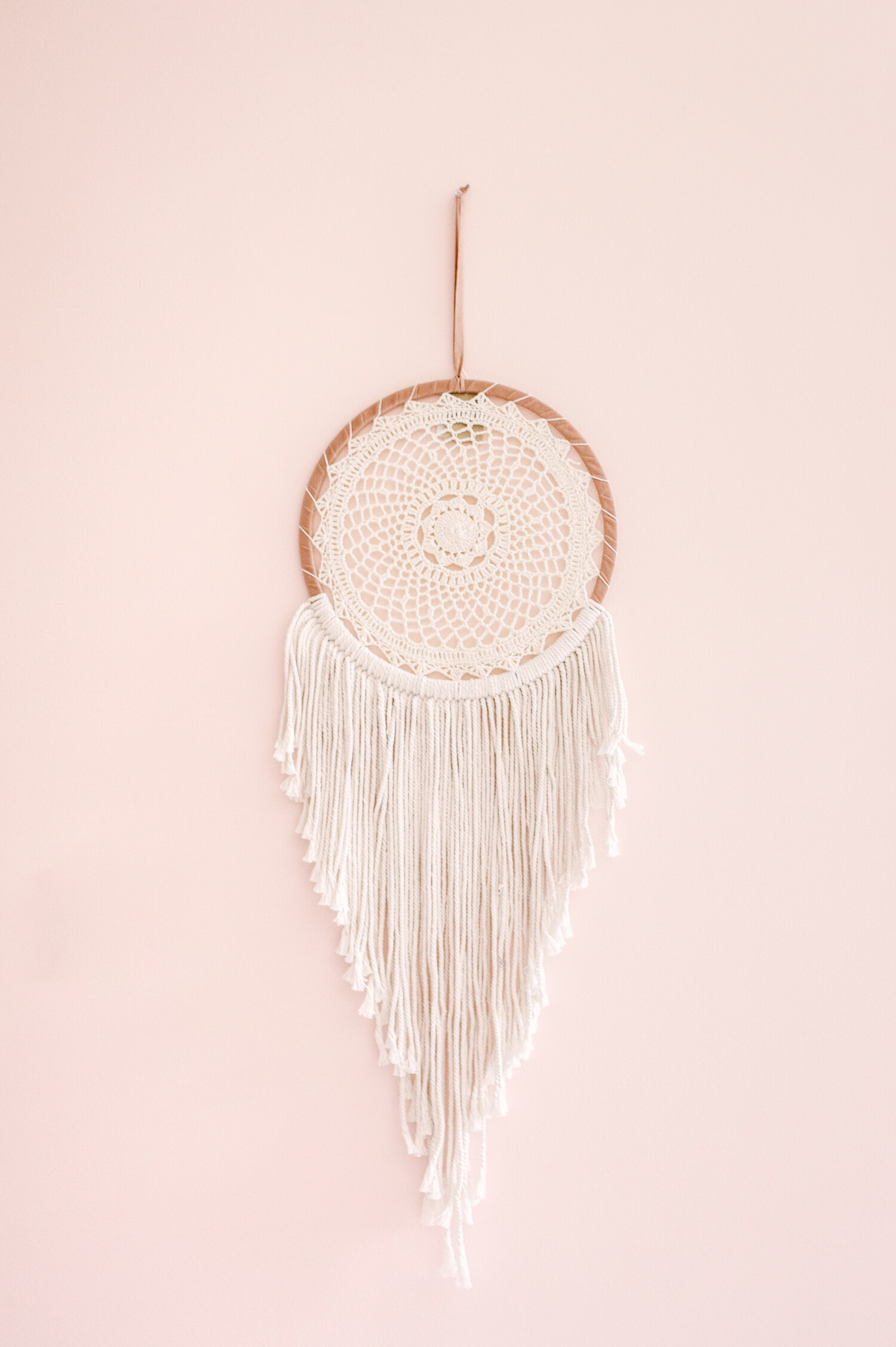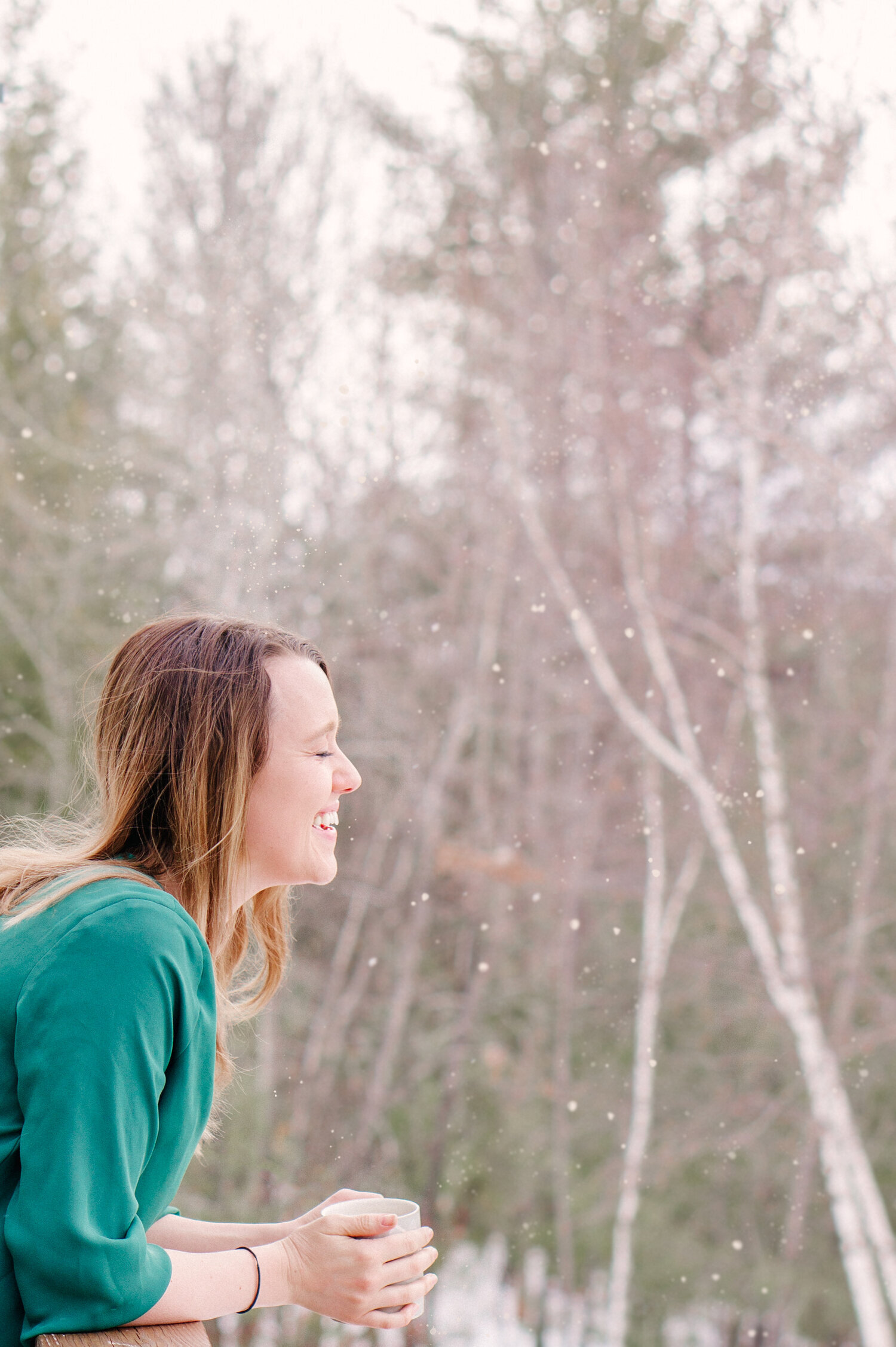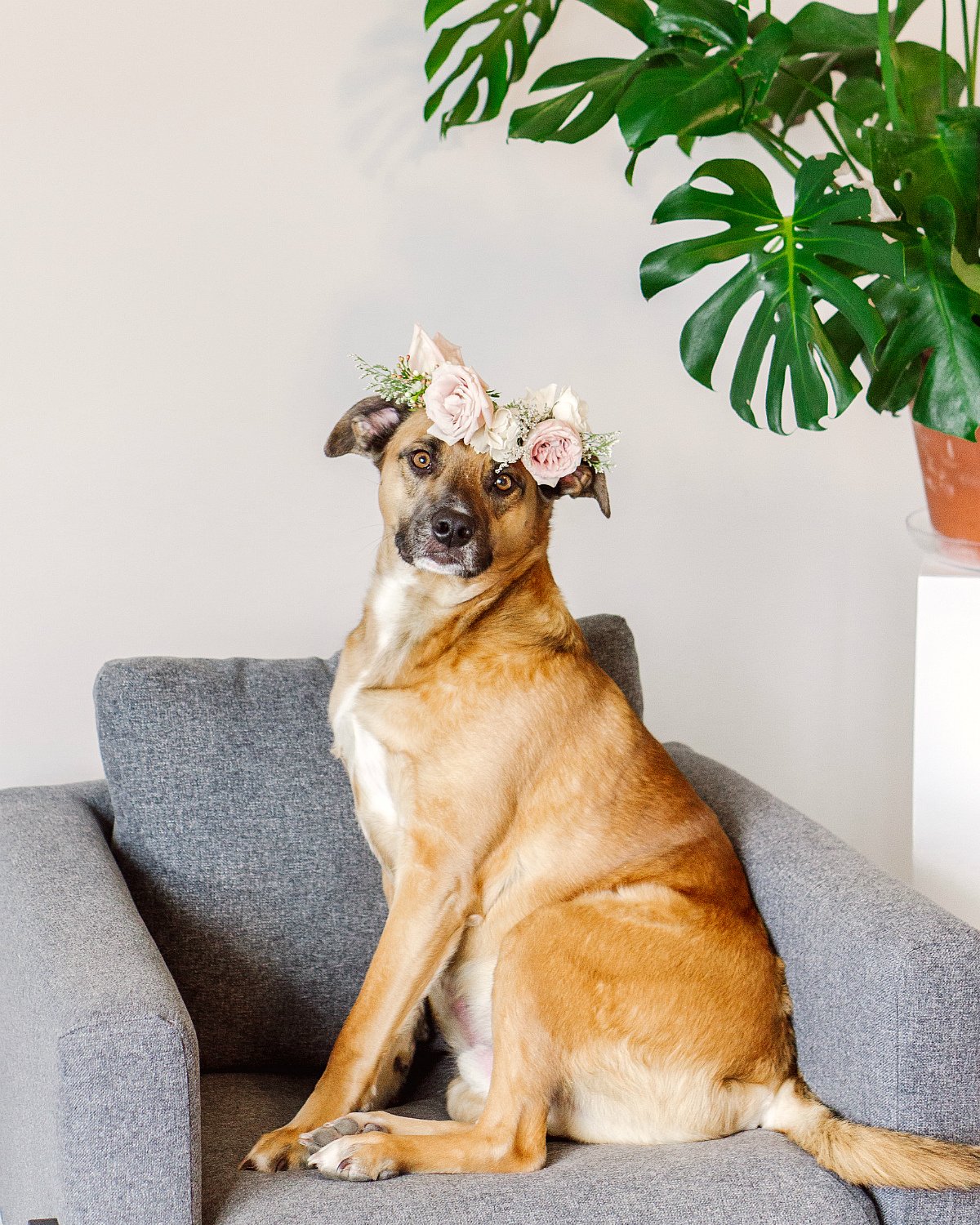How My Editing Style Has Changed in 5 Years
Take a quick scroll through my Instagram profile, and it won’t be long before you see how much my photography style has changed in the last 5 years.
Specifically I mean my editing style. While I’ve gotten steadily better at finding the light, photographing clean lines, capturing true emotion, and setting my subject at ease, what really stands out overall is the way I edit—at least in my opinion.
From the very beginning of my photo journey, I knew I wanted to create images that felt warm and full of light. It was my goal to shoot and edit in a style that made me feel quietly inspired—a little nostalgic, a little mysterious, and a little adventurous. Blogs like New Darlings, shops like Anthropologie, and designers like Celeste Escarcega have been my inspiration as I’ve worked toward this goal.
It’s taken me a long time to come as far as I have, and I still feel that I have a long way to go. But since recently I’ve gotten a lot of voluntary feedback that I’ve come far on this path—from friends, family, and clients—I thought it might be fun to take a photographic trip down memory lane and recount what I’ve learned over the past 5 years, the timeframe that encapsulates my business journey so far.
THE BEGINNING
As I learned to shoot in manual I discovered, like most beginners, the power of golden hour. I started pumping out images that were naturally high-contrast and characterized by a halo of light. In Lightroom, it rarely took more than clicking “Auto Tone” from the built-in presets to create an effect that felt high-quality to me.
Since this was when I was in the planning stages of what became my full-time business, most of what I photographed at this time was senior portraits, and I tried to schedule them outdoors at golden hour so that the final images could be as close as possible to “guaranteed” to come out well. Even this effort didn’t always yield the images I’d imagined in my head, but overall, I felt if I boosted the temperature of my images enough, it would cover a myriad of flaws.
Oh, how young and inexperienced this feels to me now!
At this point in my journey, the only tools in Lightroom that I was aware of were “above the fold”: Highlights, shadows, whites, and blacks—contrast, saturation, temperature. I never did any split-toning, never played around with shadow or highlight color, never altered the tint manually. I didn’t know the adjustment brush came with settings like “iris enhance” and “soften skin.” Honestly, for the kinds of edits I was making, I probably could have been editing using a free program like Ribbet… especially since I thought at the time that I was importing my images in RAW format, but really was importing them in JPEG. (Facepalm.)
As I look back on this part of my journey, I think some of the best things I could have added to my process would be (1) adjusting the hue/saturation of my yellows, (2) basing the tint of my images on the subject’s skin tone, and (3) learning how to Photoshop out stray hairs. This would have taken a lot of C+ photos into the B/B+ bracket, I think.
THE MIDDLE YEARS
Once my business was up and running, I really focused my energy on attracting commercial clientele—small wellness practices, other photographers, bloggers, makers, and independent-and-locally-sourced food establishments. This meant I spent a lot of time on Instagram and Pinterest, studying what was working for the top people in each of these niches, and trying to interpret it to my “style.”
While this helped marginally, it actually took having photos taken of myself to really see from the client’s point of view, and this is probably the number-one factor that moved me out of “beginner” status into a worthy paid professional.
I was traveling when I decided to pay another photographer to capture me in images I could use for my Instagram. I picked someone whose style, according to her website, was close to mine and right for my ideal client, and I scheduled photos over two days during my time away.
When I got the photos back, I found item after item “wrong” with the images—things that I could see blatantly because as the person in the photos and my own worst critic I thought every flaw was especially pronounced: My skin was too red, my eyes were too red, my hair was too frizzy, my shirt was bunched up under my arms—on and on down the line it went. Out of hundreds of photos, there were less than a dozen I felt I could use.
But I think I can say it would be worth it to pay for this experience if I had to go back and do it again, because it meant I researched how to fix each and every one of those issues, and after that, my own photos were less blown out, less blue—my subjects looked more alert and healthy because I learned how to edit eyes and skin and shadows around the nose and mouth.
I look back on some photos from the early middle-period and I think: I’d decrease the highlights so they’d be less blown-out. I’d decrease the luminosity of my oranges and blues. I’d sharpen up the eyes. There are lots of micro-adjustments I would change.
TODAY
It was probably only within the last 18 months that I started creating my own Adobe Lightroom presets. I realized I was making the same adjustments to other photographers’ presets constantly and it was eating up precious editing time, so I started with about 4 custom presets I could usually use to edit the kinds of images I shot, and now I have over 20 that fit different kinds of clientele and lighting situations.
One of the things that has changed dramatically as I’ve gotten feedback on my editing (through Instagram engagement, compliments, requests for certain editing styles I’ve used as so on) is that my photos have gotten remarkably more true-t0-color… which is something I can say frankly that I’m not sure how I feel about.
As I noted, from the start I wanted to create images that could transport the viewer to another place—a place of nostalgia, mystery, and adventure. I wanted images that felt a little magical—captured silvery morning light, made a person feel excitement and possibility. I find this difficult to do when shooting scenes with brilliant true-whites.
That said, I have gotten exponentially better at editing out stray hairs, finding the right highlight and shadow balance so that no detail is lost, and picking a level on the “clarity” toolbar that doesn’t negatively impact the image but does genuinely make it appear as sharp or soft as is appropriate for the market the photo needs to reach.
I also remind myself regularly that I’m in the business of photography, and if what my clients are interested in right now is true color, then I can offer that and there’s nothing to say I can’t create images in another style for my own enjoyment!
DOWN THE ROAD
Among the many perks of living and working as a creative, I know that my brand and style is allowed to grow and evolve. I expect that photo trends will change, and that as I add to my pursuits I’ll have the opportunity to shoot and edit in a wide variety of styles—and my desired aesthetic may even change, too.
It so happens that I’m working on a style to suit a new brand I’ll be launching in late March or early April, and that’s the thing that’s got me most excited right now. The style is somewhere between the true-white my audience is craving currently and a warm, nostalgic style that’s a little darker and moodier and has been timelessly popular among photographers for many years.
And not long after this new brand is live, you’ll be able to access many of those custom presets I’ve created, as well—so if you’re a photographer, drop your email in the newsletter box below to hear the very hour those presets go live!
What did you learn in this post? Tell me in a comment below! I love to hear from fellow photographers about their journeys and what they’re learning here on the blog. You can also drop me a note at hello[at]alexisthegreek.com! As always, if this article was valuable to you, I’d love for you to pin it to your favorite Pinterest board so others can find it, too. Thank you for reading, and until next time, stay creative!
HELLO! MY NAME IS ALEXIS.
Coffee lover, day dreamer, foodie, and creative. I believe in doing what you can with what you have where you are. I blog to help you do more with what you have. I hope you love it here!
